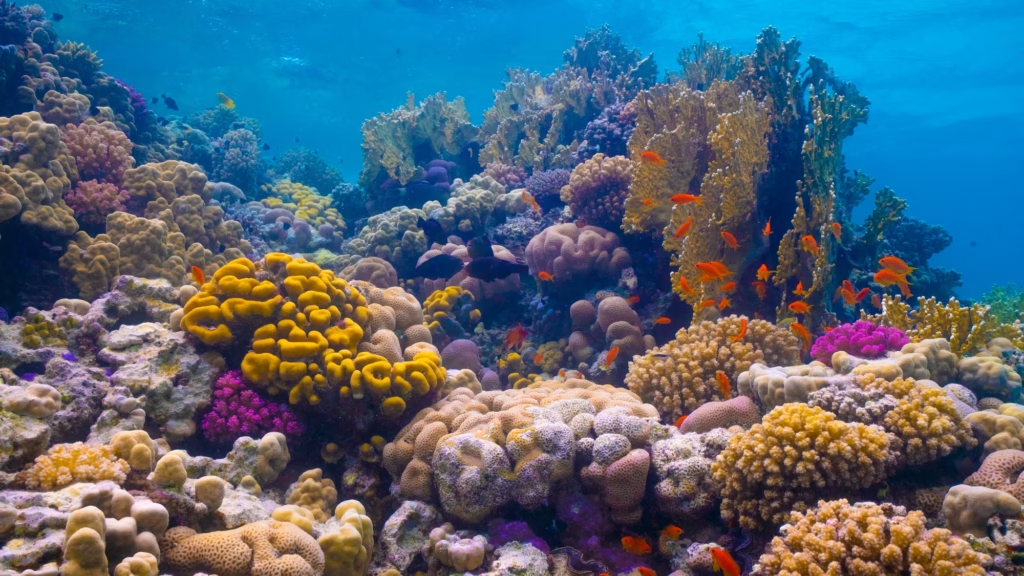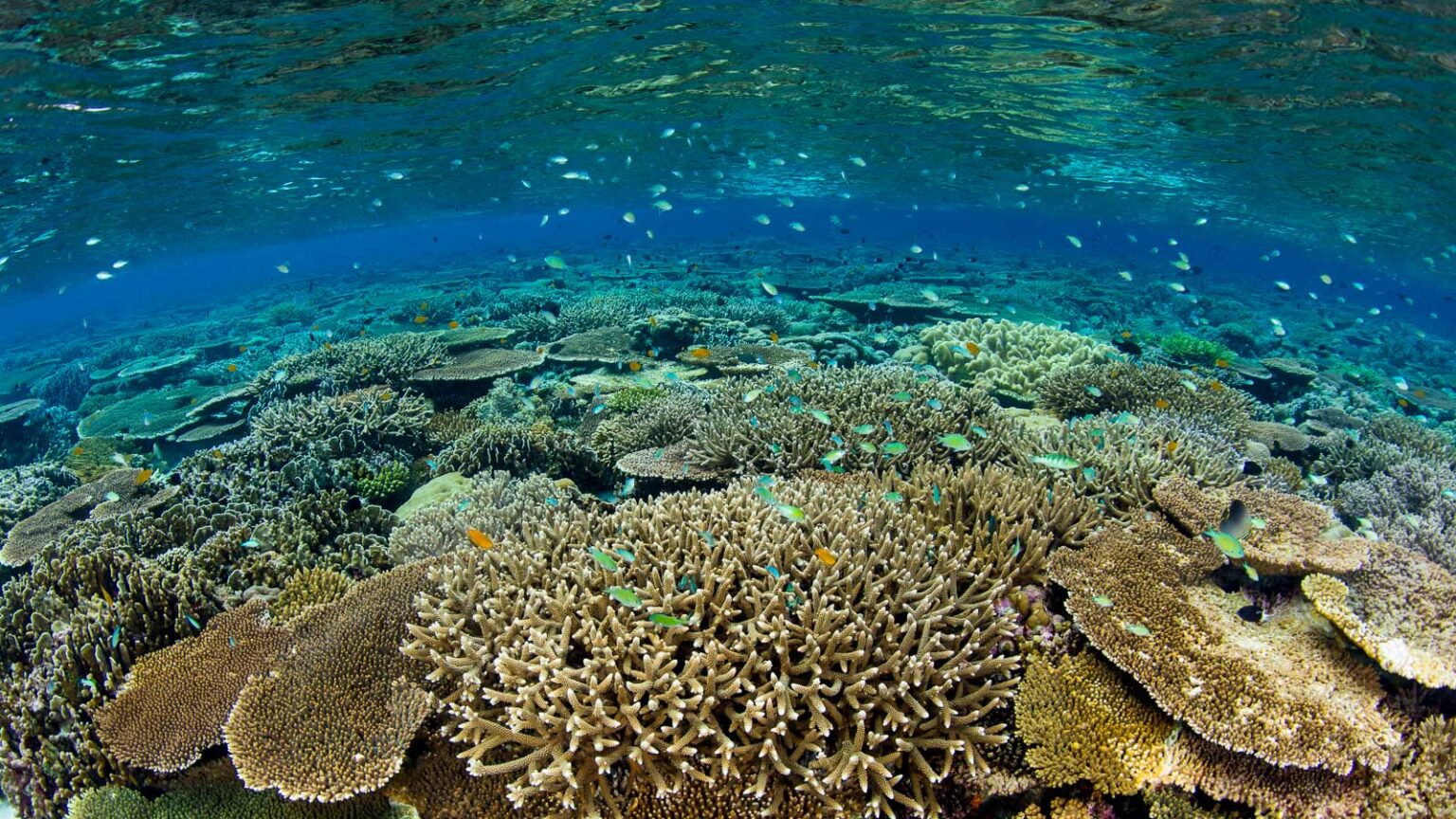Saudi Arabia Red Sea coral reef protection project is gaining international attention as the Kingdom takes bold steps to preserve one of the world’s most unique marine ecosystems. This initiative not only reflects the country’s growing commitment to environmental conservation but also highlights its broader efforts to balance sustainable development with ecological responsibility.
The Red Sea is home to some of the most resilient coral reefs on Earth, capable of withstanding higher temperatures that often devastate reefs in other parts of the world. Protecting this natural treasure is crucial not only for biodiversity but also for the future of eco-tourism and coastal communities in Saudi Arabia.
Why Coral Reef Protection Matters
Coral reefs are often called the “rainforests of the sea” because they support around 25% of all marine species. They provide shelter for fish, act as natural barriers against storms, and sustain coastal economies through tourism and fishing.
For Saudi Arabia, protecting coral reefs is particularly important for three reasons:
- Biodiversity – The Red Sea is home to rare marine life, including species found nowhere else on Earth.
- Economic Growth – Coral reefs attract divers and eco-tourists, contributing to Saudi Arabia’s tourism vision under its Vision 2030 strategy.
- Climate Resilience – Red Sea corals are among the most heat-tolerant in the world, making them essential for global coral survival research.
Without protection, coral reefs risk severe damage from overfishing, pollution, and rising ocean temperatures. Saudi Arabia’s project aims to counter these threats.
The Vision Behind the Project
The Saudi Arabia Red Sea coral reef protection project is part of the country’s larger environmental agenda, closely tied to Vision 2030. The plan emphasizes diversifying the economy, promoting renewable energy, and protecting natural ecosystems.
Under this initiative, Saudi Arabia has pledged to:
- Establish marine protected areas along the Red Sea coast.
- Use scientific research and monitoring systems to track reef health.
- Partner with international organizations and universities for coral restoration projects.
- Develop sustainable tourism practices that allow people to enjoy the reefs without harming them.
The vision is clear: protect nature while building a sustainable future.
Coral Resilience in the Red Sea
One of the most exciting aspects of this project is the scientific value of Red Sea coral reefs. Unlike reefs in the Great Barrier Reef or the Caribbean, Red Sea corals can survive higher water temperatures. Scientists believe this could hold the key to global coral survival in an era of climate change.
By investing in research, Saudi Arabia is positioning itself as a global leader in coral science. This could transform the country into a hub for marine biology studies, attracting experts and students from around the world.
Partnerships and Global Collaboration
The project is not being carried out in isolation. Saudi Arabia is working with leading global institutions to ensure its coral reef protection strategy is effective. Partnerships include collaborations with:
- The King Abdullah University of Science and Technology (KAUST) – conducting advanced marine research.
- International coral research centers – sharing expertise and data on reef resilience.
- Environmental NGOs – supporting awareness campaigns and local community involvement.
Such collaborations strengthen the project’s credibility and ensure that it aligns with international best practices.
Role of Technology in Coral Reef Protection
Technology is a cornerstone of the Saudi Arabia Red Sea coral reef protection project. New tools are being used to monitor, restore, and safeguard the reefs. These include:
- Satellite imaging to track reef conditions.
- Underwater drones to survey marine life and reef health.
- Artificial reefs designed to encourage coral growth.
- 3D printing of reef structures to replace damaged areas.
By combining traditional conservation with cutting-edge innovation, Saudi Arabia is ensuring long-term success.
Eco-Tourism and Community Involvement
Tourism is at the heart of Saudi Arabia’s Vision 2030, and the Red Sea is central to that plan. The coral reef protection project ensures that tourism growth will not come at the expense of the environment.
Key measures include:
- Eco-friendly resorts being developed by The Red Sea Global company.
- Strict diving regulations to protect reef areas.
- Education campaigns for tourists and local communities.
Local fishermen and residents are also being trained in sustainable practices, ensuring that communities benefit economically while helping preserve the environment.
Challenges Facing the Project
Despite its ambitious goals, the Saudi Arabia Red Sea coral reef protection project faces several challenges:
- Climate Change – Rising sea temperatures remain the biggest threat to reefs worldwide.
- Tourism Pressure – If not managed carefully, increased tourism could harm delicate ecosystems.
- Pollution – Oil spills, plastic waste, and coastal development could damage reef health.
- Awareness – Ensuring both locals and visitors understand the importance of reef protection is critical.
Addressing these challenges requires constant monitoring, community engagement, and strict enforcement of environmental laws.
Positive Impacts for Saudi Arabia

The project brings multiple benefits to the Kingdom:
- Environmental Leadership – Saudi Arabia is emerging as a key player in global sustainability.
- Tourism Growth – Coral reefs add to the appeal of the Red Sea as a world-class destination.
- Economic Diversification – Eco-tourism and marine research create new job opportunities.
- Cultural Value – The project promotes pride in Saudi Arabia’s natural heritage.
By protecting its coral reefs, Saudi Arabia is not only preserving marine life but also securing a brighter future for generations to come.
What the Future Holds
Looking ahead, the Saudi Arabia Red Sea coral reef protection project could serve as a model for other countries. If successful, it will show the world that environmental conservation and economic development can go hand in hand.
In the coming years, we can expect:
- Expansion of marine protected zones.
- Growth of eco-tourism infrastructure.
- More scientific breakthroughs from Red Sea coral research.
- Increased global recognition of Saudi Arabia’s environmental initiatives.
The project is not just about protecting corals; it’s about redefining how nations interact with their natural environment.
Conclusion
The Saudi Arabia Red Sea coral reef protection project is a groundbreaking step in marine conservation. By combining science, technology, and sustainable tourism, Saudi Arabia is protecting one of the world’s most unique ecosystems while also shaping its economic future.
As the Kingdom advances toward its Vision 2030 goals, the Red Sea reefs stand as a symbol of balance between progress and preservation. Protecting them is not only an environmental duty but also a global responsibility.
Saudi Arabia’s initiative proves that with commitment and innovation, it is possible to safeguard nature while building a brighter tomorrow.
Also read: GCC’s Digital Leap: Transforming Immigration for a Smarter Future



